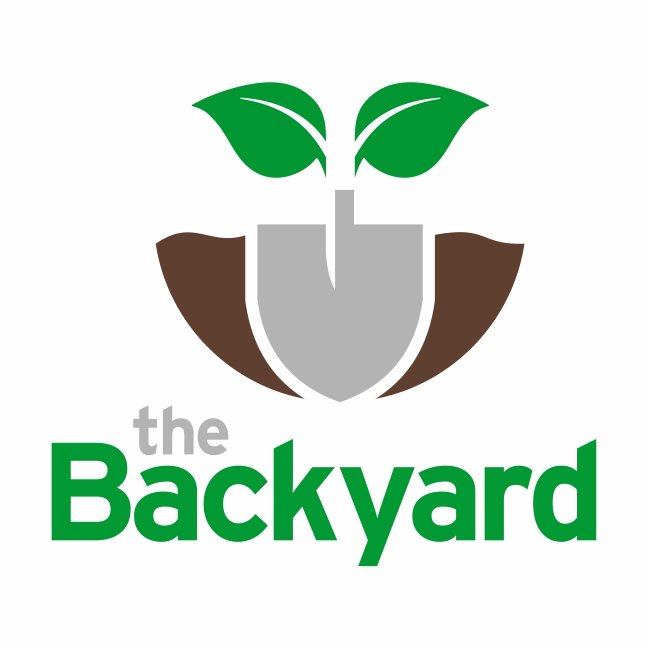5 simple steps to start reducing your waste
5 Simple Steps To Start Reducing Your Waste Today
“There is no such thing as waste, only things in the wrong place”
The waste we produce can have a detrimental environmental impact. From the overflowing landfills, to the ever growing production or mining of new materials. Wasting something is just that, a waste! As living breathing humans, we are a part of the natural world and in nature there is no waste, everything is reused in some way shape or form.
Our society has been built with cheap and easy waste management. Therefore, throwing things away has become convenient. In a society where we are continuing to make our lives busier than ever, convenience can be a major benefit.
However, when you look at the true cost and impact of this convenience, it becomes anything but. While it may not be our immediate problem it is becoming a problem for our generation and future generations to deal with. More efforts and resources have to go into beach clean ups, landfill expansions, ocean clean ups, freshwater clean ups etc… And while all of these things are great, the best way to clean these up is to prevent the waste from getting to these places in the first place.
If you are reading this you are likely already doing a lot of these things, but sometimes it’s just nice to know why these things help, so you can pass along the information to your friends and family.
These 5 steps have dramatically decreased the amount of waste that I produce and I hope that they will help you too!
And remember we don’t need everyone to be doing zero waste perfectly, but a lot of people making some effort.
The first thing you want to do is think about where your waste is coming from and what you are currently throwing away and look at ways that you can reduce that using any of the steps you find below.
Compost
Of course the composter is going to tell you to Compost. But it’s a simple and easy way to get rid of almost half of what goes to the landfill on a weekly basis. Plus you get to create something beneficial for the planet, so win-win.
Re-use, reuse, reuse
Reusable bags, reusable bottles, reusable takeaway containers, every time you reuse an item, you don’t have to purchase something new.
And yes I hear the argument already, the amount of energy used to produced that one item you would need to reuse an item so many times for it to outweigh the benefit. And yes we do have to be careful with our choices in what we choose to reuse. That’s why quality of the product (the amount of times you will be able to reuse the items), the material that it is made of (how does it contribute to the waste stream after it’s completed it’s useful life) and whether it is something that has already been produced come into play.
If you are buying a low quality item that can only be reused a handful of times before it needs to be thrown out, then you probably aren’t using or reusing the right items. However if you are purchasing and item that can be reused for a long time, or indefinitely this item will stay out of the waste stream for a long period of time and will not contribute to the detrimental effects of creating waste and mining new materials for new items to be made.
The material that it is made of is also an important factor. Can it be composted or recycled or repurposed at the end of it’s useful life. Is it going back into a natural cycle of reuse, or is it just piling up for someone to deal with at a later date.
The most important item to consider when thinking about reusing items, is to reuse the items that already exist, or you already own. Sure they may not be the perfect but they have already been purchased and produced. By reusing these items you keep them out of the waste stream for a longer period of time and you aren’t creating the need to produce more items that use more of our resources.
Buy in bulk
When you buy in bulk you can get rid of most of the packaging used to transport the goods to you. Whether that is bulk landscaping supplies loaded into the back of a truck or delivered to your door, or using your own containers to buy items in bulk at your local bulk grocer.
Choose packaging carefully
In order to ship products they must be packaged, so packaging is somewhat unavoidable. I have ranked the packaging options that I believe are the best options. (Of course this will vary on the product sold, but in general this is what I look for.)
No packaging on the item
Compostable paper packaging
Recyclable packaging
Compostable plastic packaging
Reduced packaging
Thrift and reuse things that have already been produced
While reducing your waste can sometimes become an Instagram aesthetic and get pretty expensive, it doesn’t have to be. In fact the people who have always been trying to save a dollar and spend as little as possible have always been at the forefront of sustainability without ever getting credit for it.
So here is our salute to those who have thrifted clothing, worn hand-me-downs, used margarine and yogurt containers to pack lunches in, have reused water bottles and used what they had already to make life more convenient and affordable for themselves.
In our consumerist society we have already produced more than we will ever need. The trick is to keep using this material, and keep it out of landfills.
One more thing
As individuals we can make a big difference with our purchasing decisions and the way we contribute to the waste stream individually. However, the largest contributors to waste are the companies producing and selling these products. Let the businesses that you support know that you would like to see them reduce their waste through Composting efforts, better planning, and that you disagree with silly practices in the retail industry of destroying unsold or damaged products. While we may not be at the decision making table at these companies, if they don’t have a customer they can’t sell anything. Big Companies are starting to make the shift due to Customer demand. Let’s not let them get away with greenwashing or going half way. Let them know that you want products that do not contribute to the waste stream!

